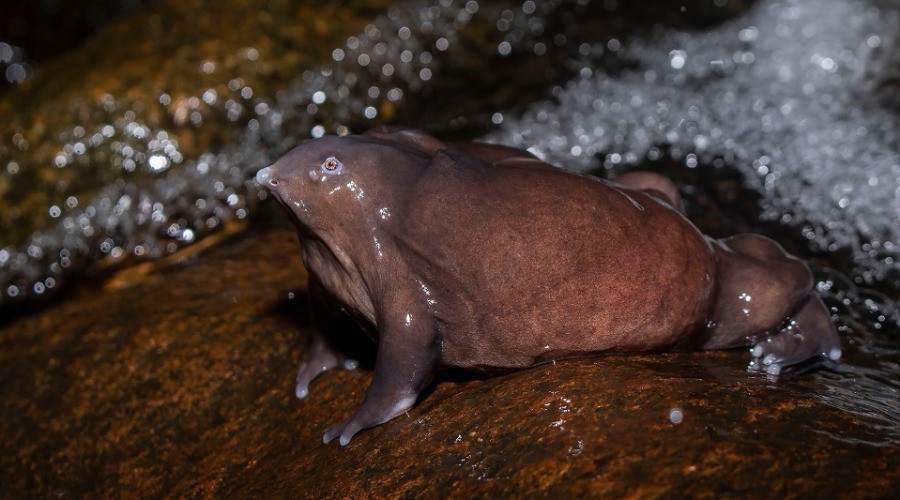

The entire process is called “metamorphosis.” Tree frogs have a variety of reproductive strategies. Eggs develop into larvae (tadpoles), which then develop into adults. Most frogs have a life cycle of 3 stages. Some species also advertise their territory by shaking the vegetation, which keeps other males away. Many male tree frogs are territorial, and advertise this with loud calling.

If they are threatened by a predator, they suddenly flash these colored areas to startle the predator, allowing the frog to leap away.

Many tree frogs have brightly colored (blue, yellow, red) areas of their bodies, such as their feet, legs, or eyes. For some species, their food must be dusted with mineral/vitamin supplements, and some will only eat live food. It is therefore often recommended that tree frogs not be handled, or that great care be taken with regards to hand washing. Tree Frog Careīecause tree frogs have moist skin, they can easily absorb toxins from human hands when they are handled. Some countries require a permit to keep tree frogs as pets. The natural behavior of the species needs to be considered when keeping them as pets: ground-dwellers should be given an enclosure with a large amount of floor space, whereas tree climbers should be provided with a more vertical enclosure with substantial plant material. Tree frogs are relatively easy to care for, but are sometimes considered uninteresting because they tend to be active at night (“nocturnal”), remaining hidden during the day. DomesticationĪlthough tree frogs are frequently kept as pets, they have not been domesticated. They are also threatened by habitat loss from deforestation for agriculture. Tree frogs are amphibians, meaning they are very susceptible to damage by water pollution and climate change caused by humans.
#Purple tree frog skin
Some tree frog species secrete substances on their skin that are used by indigenous peoples as a hallucinogenic drug. Larger species will also eat small mammals such as mice. As adults, they are generally insectivorous and eat small invertebrates, such as moths, flies, ants, crickets, and beetles. Most tree frogs are herbivorous when they are tadpoles. Approximately 30 species live in the U.S., and more than 600 species live in South and Central America. Tree frogs inhabit every continent except Antarctica. Tree frogs live mainly in trees of forests that are in warmer climates, though some live in grasslands, marshes, or other aquatic environments.

One of the characteristic features of tree frogs is the disc-shaped, adhesive pads on their fingers and toes, which help them climb about in trees. Tree frogs have the typical frog shape, with long hind legs and smooth, moist skin.


 0 kommentar(er)
0 kommentar(er)
